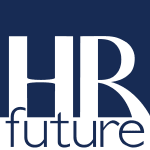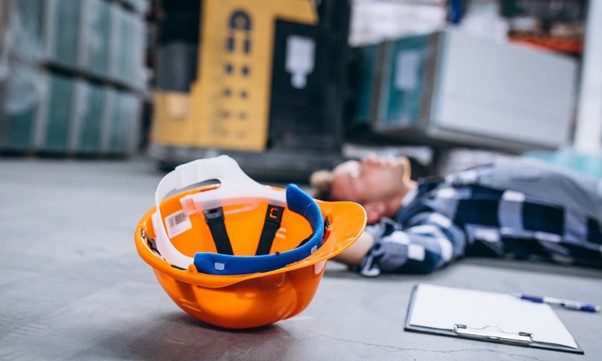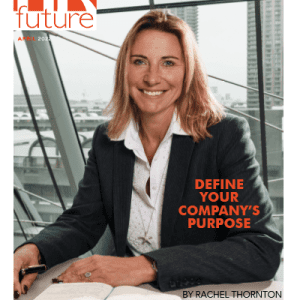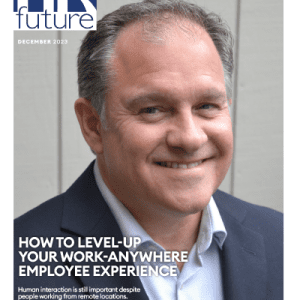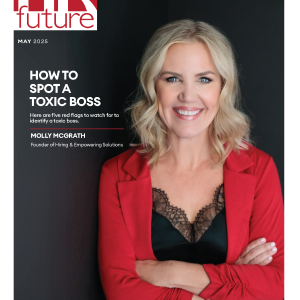As people live longer and retire later, older workers are becoming a bigger part of today’s workforce. This is the so-called Silver Tsunami.
Baby Boomers were once the engine of corporate life, but most are now hitting retirement age. Surprisingly, many are choosing to stay put longer.
In this article, we’ll explain the changes that the Silver Tsunami will bring and how companies can respond thoughtfully. Let’s dive in!
Understanding the Demographic Shift
Sean Shapiro, Managing Partner at Axia Advisors, puts it plainly: “For businesses, the Silver Tsunami means more than just more graying hair in the office. It threatens the loss of institutional knowledge, challenges conventional workforce dynamics, and raises questions about how to adapt.”
The shift in the workforce matters now because it’s already reshaping recruitment, retention, and productivity strategies. Companies that fail to adapt risk falling behind, not just in hiring, but in maintaining institutional memory and continuity.
Chris Aubeeluck, Head of Sales and Marketing at Osbornes Law, shares a similar view. In his words, “The numbers don’t lie. In the U.S., for example, workers aged 55 and older make up nearly 25% of the labor force, a significant jump from 12% in 1990. Many Baby Boomers postpone retirement, sometimes due to financial reasons, but also because there is no one to replace them yet.”
The Challenges: What Leaders Need to Face
An aging workforce brings real challenges. Here are the big ones:
- Health and energy changes: Older employees might have less stamina, slower reaction times, or memory lapses.
- Rising healthcare needs: They often come with higher healthcare costs and may need workplace adjustments like ergonomic gear or flexible schedules.
- Tech gaps and culture clashes: Some older workers may struggle to keep up with fast-changing tech or newer workplace norms. That can cause friction between generations.
The Upside: Why Older Employees Are an Asset
There are numerous myths about the drawbacks of having older workers. However, the reality of having older workers is that they bring plenty of value. Here’s some of what they bring to the table:
1. They Know the Ropes
Older workers carry years of knowledge. They understand your systems, history, client relationships, and internal shortcuts. When they leave without passing that on, you risk repeated mistakes as your younger staff struggle to reinvent the wheel.
2. They Show Up and Get It Done
Older employees often bring consistency, professionalism, and a strong work ethic. They tend to have lower absenteeism and can anchor teams with their reliability and calmness under pressure.
3. They Make Great Mentors
Experience can’t be downloaded. Older workers often become natural mentors, helping younger staff grow faster and smarter. This mentoring can also help bridge generational divides.
The Plan: How to Lead a Multi-Generational Team
If you’re managing an aging workforce, here’s what works:
Offer Flexibility
Let employees ease into retirement with part-time roles, remote options, or hybrid setups. It keeps them engaged longer.
Invest in Their Comfort
Ergonomic desks, good lighting, and rest spaces matter. Older workers may be more in need of physical accommodations.
Teach, Don’t Assume
Provide training that’s accessible and paced for different learning styles. Older workers want to adapt and just may need a different path.
Plan for the Knowledge Handoff
Set up formal mentorships and succession plans. These will help prevent critical know-how from walking out the door when someone retires.
Support the Whole Person
Invest in holistic wellness programs, financial planning, and retirement transition support. This way, workers can leave when they’re ready and on their own terms.
Foster a Culture of Respect
Make age bias unacceptable and be clear about promoting based on skill and contribution, not birth year. Also, be sure to encourage mutual learning and collaboration across generations.
Celebrate Age Diversity
A mix of generations brings balance, allowing new energy to meet deep experience. This is usually an excellent way to boost productivity..
Final Word
John Elarde III, Operations Manager at Clear View Building Services, sums it up this way: “The Silver Tsunami is not a distant wave,” He says. “It’s already washing over the workplace. And that can be a powerful advantage to organizations that plan ahead and build age-inclusive cultures. It’s the decent thing to do, but it’s also smart business.”
He’s right. Companies that adapt their positioning benefit from a broader range of experience, insight, and perspectives. With the tips we’ve shared, you’ll be better able to achieve this.
Guest writer
